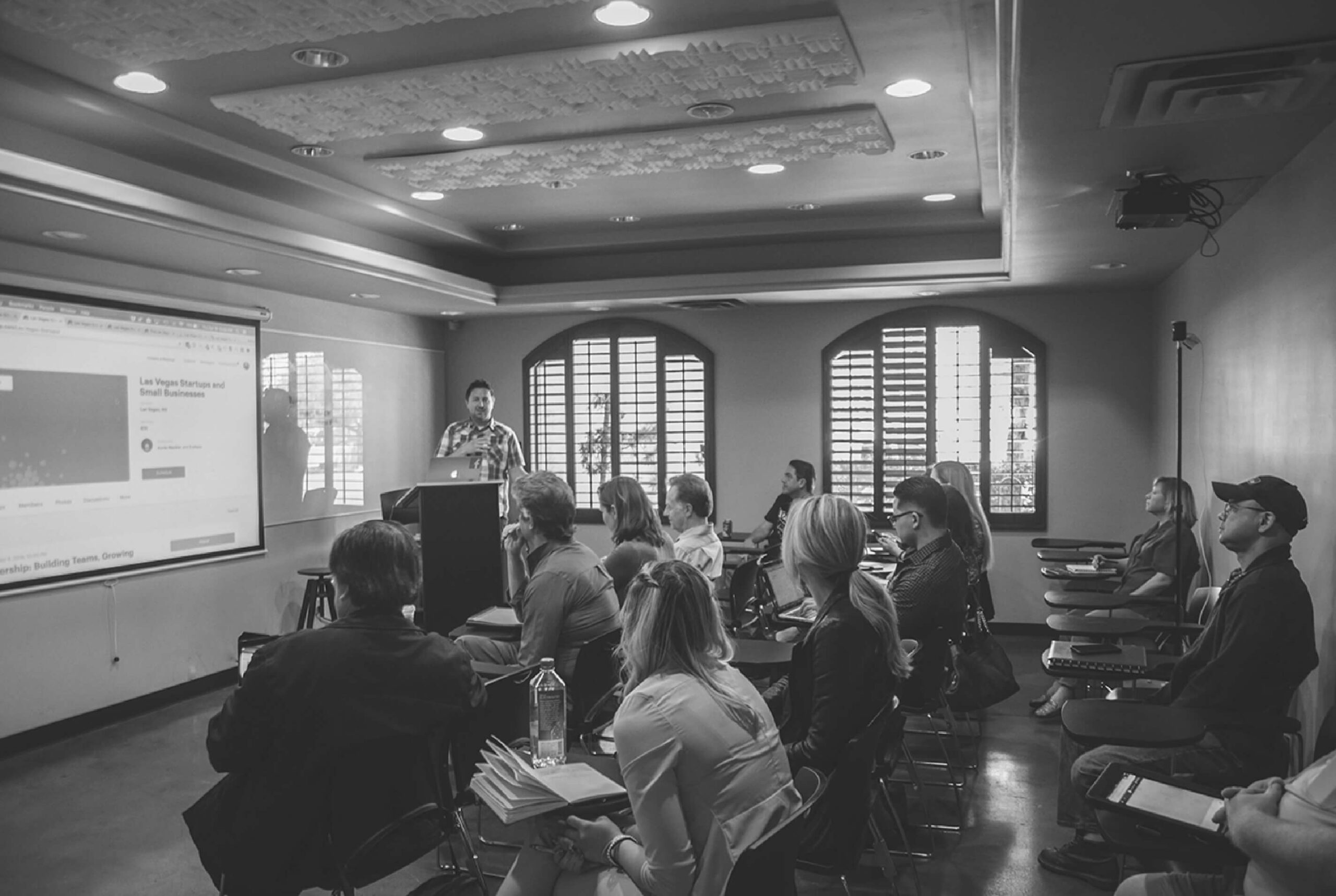
January 31, 2021
By By Robin Steans, April Janney, Mimi Rodman, Kyle Westbrook and Diana Mendley Rauner – The News Gazzette
COVID-19 has upended the lives and education of children and young people throughout Illinois. As we enter 2021, we will need new ways of thinking and working to ensure our state’s education system emerges from the pandemic able to serve kids better and more equitably.
As a first step, state funding and policies must extend beyond traditional silos — preschool, K-12 and higher education — and instead address our educational system as a single, interconnected journey that provides equitably and adequately for our students at every step.
All children and youth in Illinois deserve a high-quality education regardless of their race/ethnicity, ZIP code or family income. We know quality experiences, from birth through college, make a dramatic difference in one’s success in school, career and life. Beyond this, a well-educated citizenry and workforce is vital for Illinois’ economy, now more than ever.
Illinois has made significant strides in recent years in funding education. In K-12, the Evidence-Based Funding for Student Success Act has made Illinois a national leader. The new formula equitably distributes new state dollars each year, prioritizing the state’s most underfunded districts. In early-childhood education and care, Gov. J.B. Pritzker’s Early Childhood Funding Commission is poised to release recommendations that promise to illuminate a path to a more coordinated and equitable system of funding and governance.
In higher education, the Illinois Board of Higher Education and advocates are using data to expose barriers to college access and affordability for Illinois students
and are committed to redesigning and implementing an equitable, adequate funding structure going forward. While these gains are encouraging, they depend, in turn, on the state growing its investment in early childhood, public schools and higher education. Our educational investments benefit, in turn, on making access to stable housing, health care and nutrition a priority.
The state’s push for equity is critical because the hard truth is Illinois’ programs and schools do not provide equal access and quality for all children. Opportunity gaps start early and persist by race/ethnicity, income, home language and geography. Fewer than 1 in 3 kindergartners enters school “ready to learn,” and only
35 percent of fourth-graders are proficient in reading.
While 85 percent of students graduate high school, only 53 percent of students go on to college. Despite the fact that the majority of employers need employees with more than a high school diploma, only a little more than half of Illinois residents hold a college degree or postsecondary credential.
Facing lean state budgets in recent years, funding for child care and early-education programs along with higher education has remained far from the levels needed and in some cases has been repeatedly cut or deprioritized.
Chronic underfunding threatens child development and stands in the way of young adults’ college and career success. Worse, these actions disproportionately affect our low-income communities and communities of color.
Even before COVID-19, in early childhood, young children across the state lacked access to high-quality and affordable services. Many pockets of the state had and continue to have “child care deserts,” and the industry struggles to recruit and retain a workforce that earns near-poverty-level wages.
Illinois’ higher-education sector has been underfunded for a decade, leaving institutions no choice but to shut down programs, raise tuition and rely on out-of-state students’ tuition. These practices have priced many Illinois students out of the market or decreased the number of opportunities available.
By no means left unscathed, prior to the passage of evidence-based funding in 2017, the K-12 public education system weathered years of deep cuts, as the practice of across-the-board reductions known as “proration” resulted in the largest losses of state funding for the state’s highest-need school districts. While evidence-based funding has significantly bolstered K-12 funding, and done so with a strong equity focus, we still have a long way to go.
While the federal government has provided important short-term funding as a stopgap to help weather the current storm, the state has a critical role to play to ensure children and youth have equitable and adequate funding moving forward. That responsibility will be complicated by serious and ongoing fiscal challenges that have been exacerbated by a devastating health crisis.
As we plan for recovery and work to build a strong and healthy educational ecosystem, we hope and expect that the state will avoid supporting one part of the education continuum by slashing budgets in another part. This practice is misguided on its face, as students cannot develop and thrive without a strong overall system that will see them through from birth to career.
We see a future where all children have access to high-quality opportunities that will propel them through life. To achieve this, children from birth through college need policy makers and education partners to stand together for comprehensive and fair solutions so they can reach their full potential. The brighter their futures, the stronger our families and economy will be.
Robin Steans is president of Advance Illinois, April Janney is acting president and CEO of Illinois Action for Children, Mimi Rodman is executive director of Stand for Children Illinois, Kyle Westbrook is executive director of Partnership for College Completion and Diana Mendley Rauner, Ph.D., is president of Start Early.

